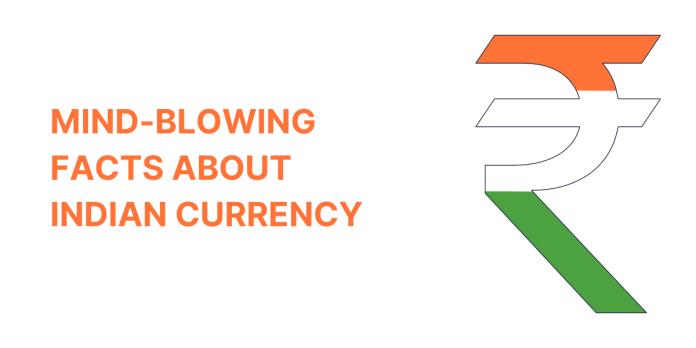Indian currency and coins have a rich history filled with interesting facts and details that may surprise you. From the introduction of high-denomination notes to the design of the Indian rupee symbol, there are many facets to explore. In this article, we will delve into ten intriguing facts about Indian currency and coins that you may not be aware of.
- 5,000 and 10,000-Rupee Notes
Many people believe that the 2,000-rupee note is the largest denomination in India, but in reality, the Reserve Bank of India (RBI) once issued 5,000-rupee and 10,000-rupee notes. The 10,000-rupee note, introduced in 1938, holds the record as the largest denomination ever printed in India. However, these high-value notes were demonetized in 1978 during Morarji Desai’s tenure as India’s Prime Minister.
- Mint Symbols on Coins
Indian coins bear symbols that indicate the mint where they were produced. The Security Printing and Minting Corporation of India Ltd (SPMCIL) operates four mints in Kolkata, Mumbai, Hyderabad, and Noida. Each mint has its unique symbol beneath the year on coins, helping identify their origin.
| Mint | Established Year | Symbol below the year |
| Kolkata | 1757 | No Symbol |
| Mumbai | 1829 | B / M / Diamond |
| Hyderabad | 1903 | Star / Split diamond or dot in diamond |
| Noida | 1984 | Circular dot |
- Dual Currencies in India
At one point in India’s history, there were two currencies in circulation. The Hyderabad Rupee was introduced in 1918 and coexisted with the Indian Rupee from 1950 until it was discontinued in 1959.
- Pakistan’s Use of Indian Currency
After the partition of India and Pakistan in 1947, Pakistan initially used Indian currency with ‘Pakistan’ stamped on it for the first few months. This practice continued until enough Pakistani notes were in circulation.
- The First 1 Rupee Note
The first 1 Rupee Notes were introduced on November 30, 1917, featuring a portrait of King George V. These notes were distributed as unbound packets of 25 notes, printed on white handmade moulded paper, and signed by various signatories.
- Unique Feature of 1 Rupee Notes
A significant difference between the 1-rupee notes and other denominations is that all Reserve Bank of India (RBI) notes bear the statement “I promise to pay the bearer a sum of xxx rupees,” whereas the 1-rupee note does not carry this statement.
- The Cost of Making Coins
The Reserve Bank of India (RBI) revealed that the average cost of producing a one-rupee coin is 1.11, which exceeds its face value. The government spends 1.28 to mint a 2-rupee coin, and the manufacturing cost for 5- and 10-rupee coins is 3.69 and 5.54, respectively.
- The Rupee Symbol Design Competition
The symbol for the Indian rupee (₹) was designed by D. Udaya Kumar and was unveiled by the Indian government on July 15, 2010. It was selected through a contest open to Indian residents, making it a symbol that reflects India’s cultural and historical significance.
- Identical Serial Numbers on Banknotes
It is possible to have two or more banknotes with the same serial number. However, distinguishing features such as an Inset Letter, year of printing, or the signature of a different Governor of the RBI can help differentiate them. An Inset Letter is an alphabet printed on the Number Panel of the banknote.
- Language Diversity on Indian Banknotes
Indian banknotes are a testament to the country’s linguistic diversity. The language panel on these notes features a total of 17 languages. English and Hindi appear on one side, while the other side includes 15 additional languages such as Assamese, Bengali, Kannada, Kashmiri, Marathi, Gujarati, and more, representing India’s rich linguistic tapestry.
Indian currency and coins offer a fascinating glimpse into the country’s history, culture, and monetary evolution. From high-denomination notes to the intricate details on coins, the Indian financial landscape is steeped in a rich tapestry of stories and facts. These ten facts shed light on the unique aspects of India’s currency and coinage system, highlighting the nation’s diverse heritage and economic intricacies.


